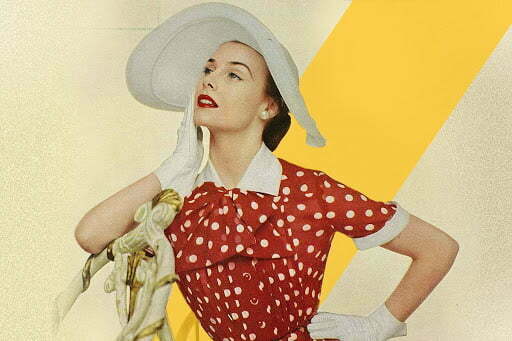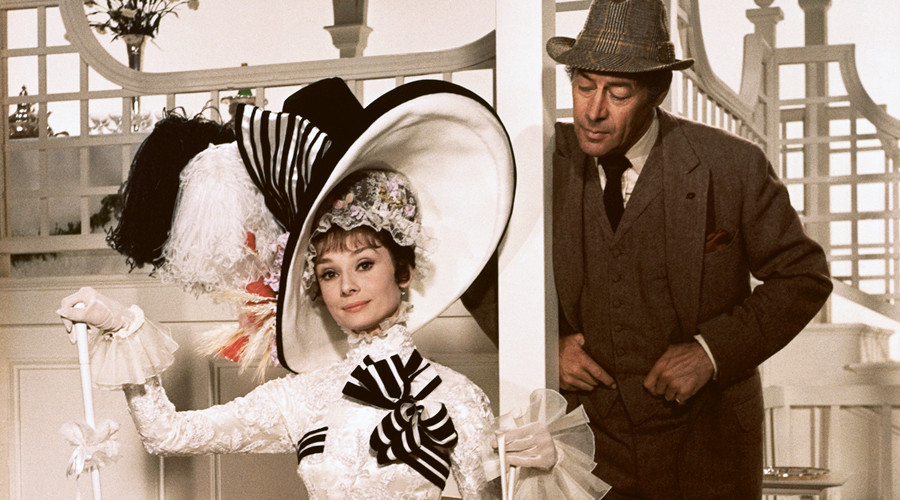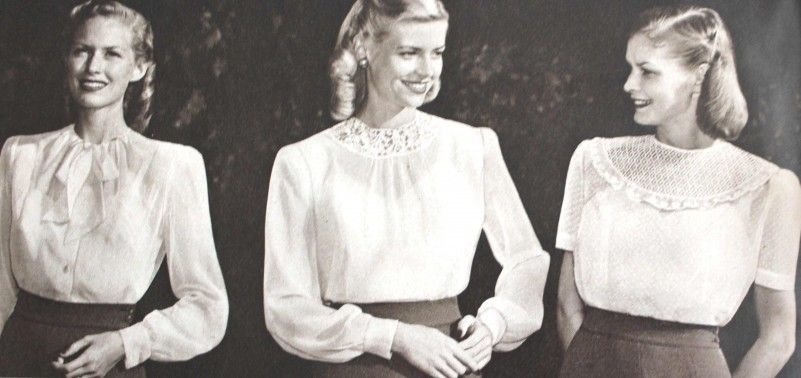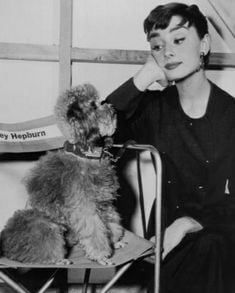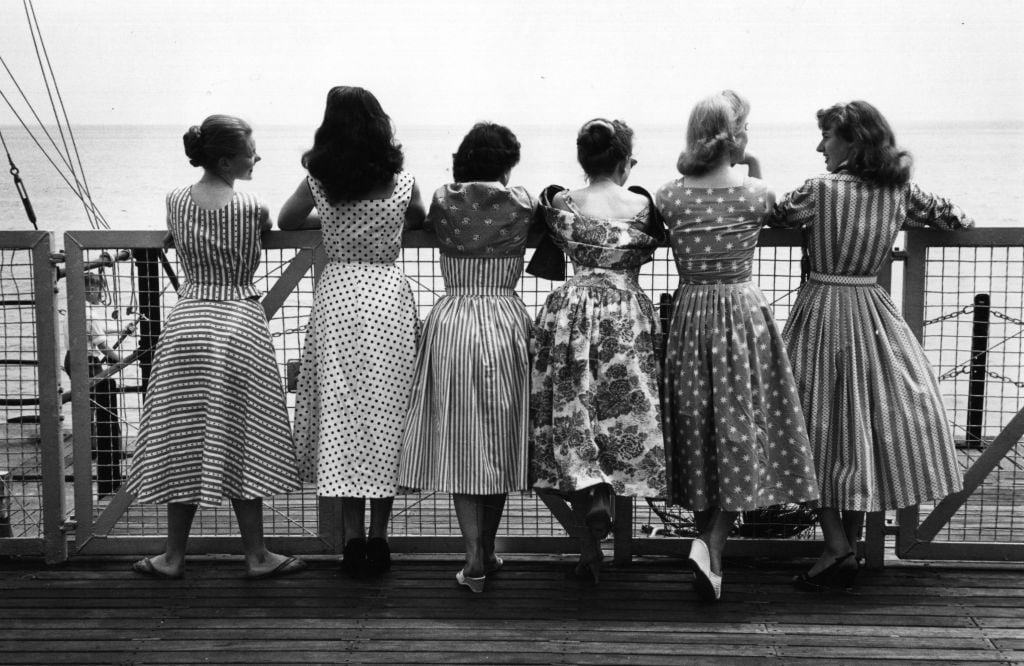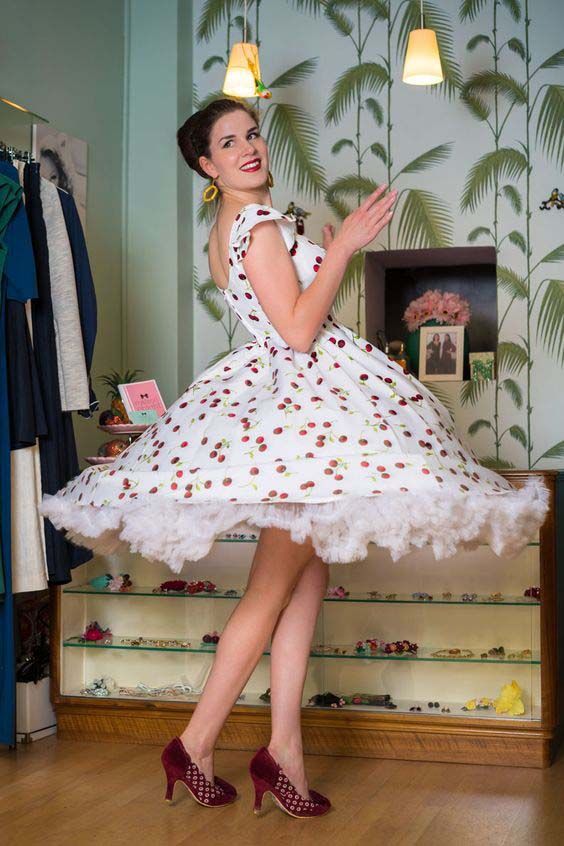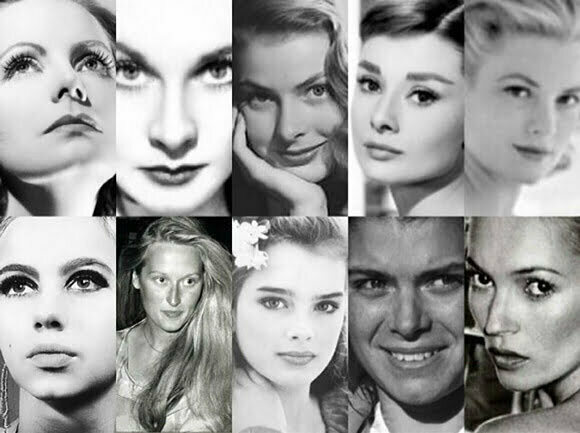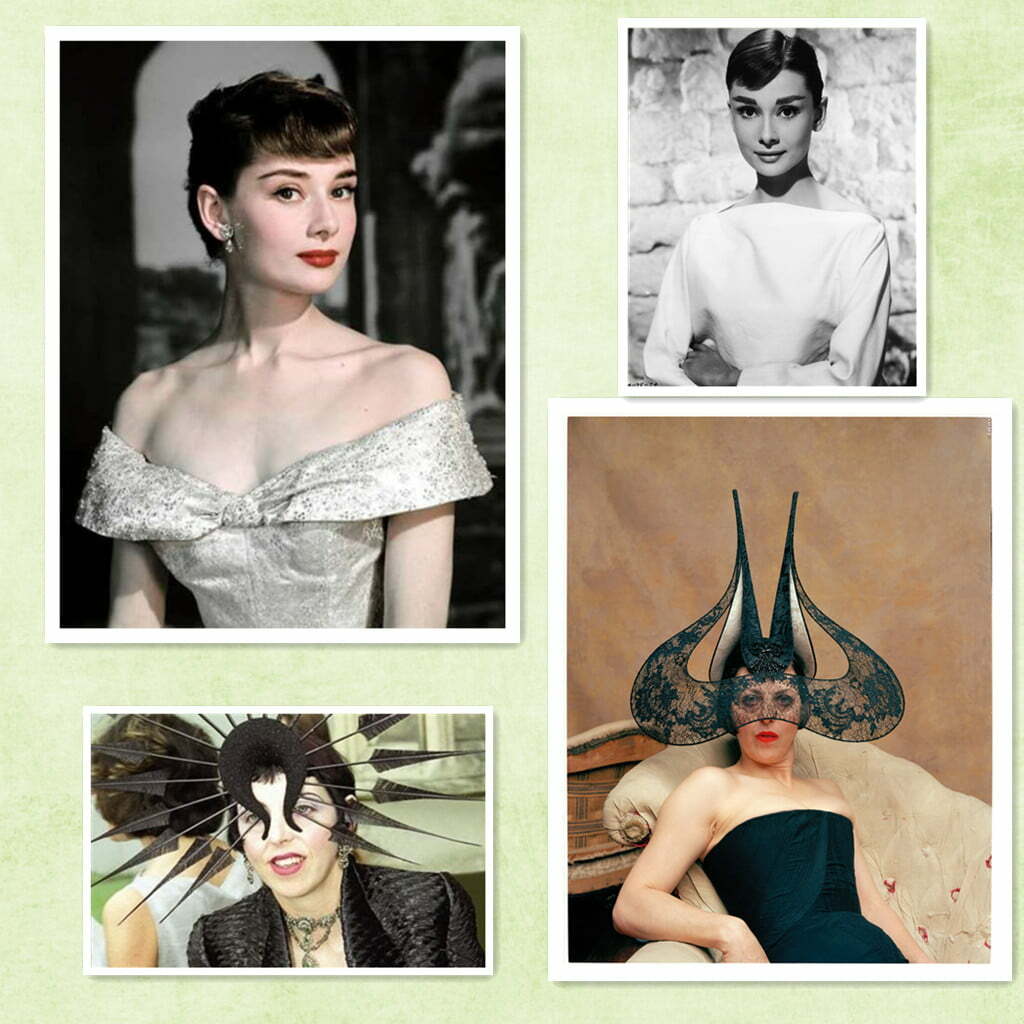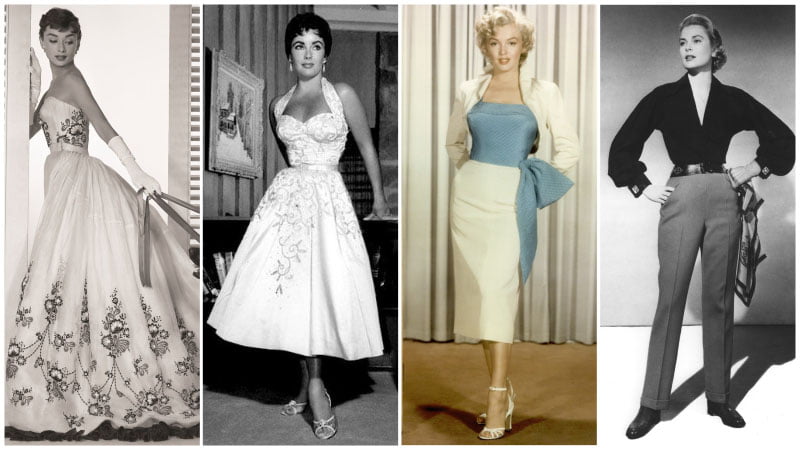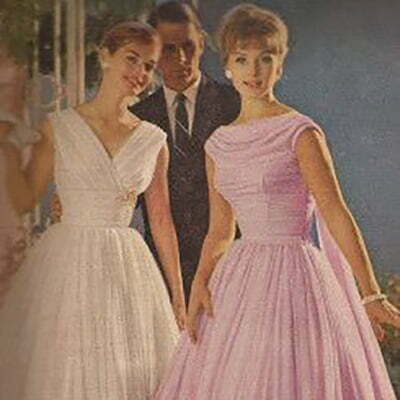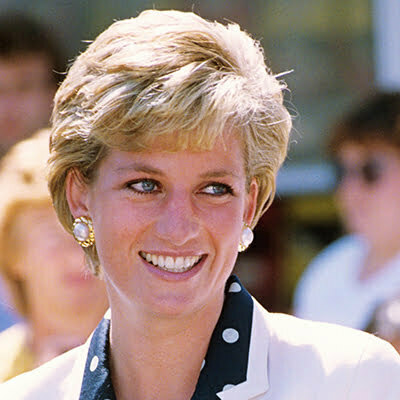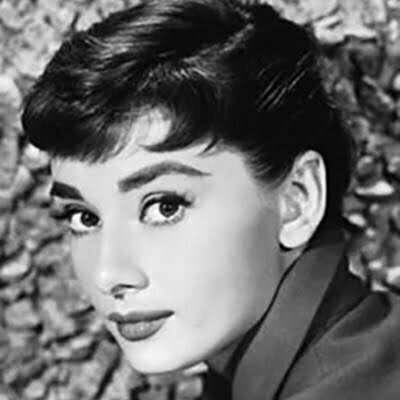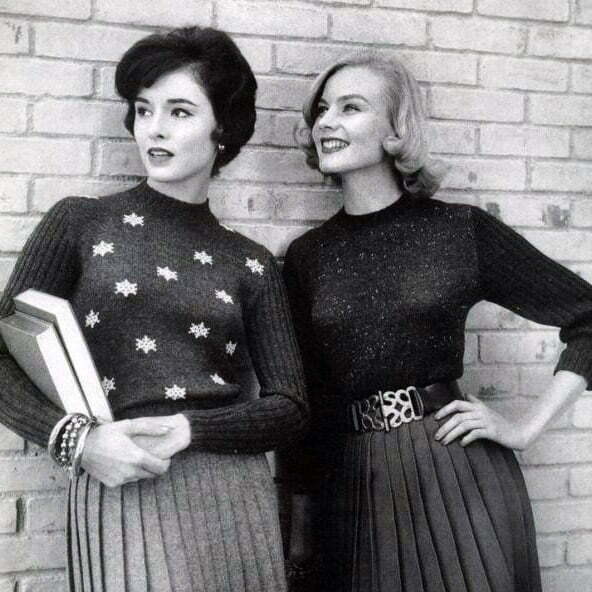Polka dots, like most other fabrics in fashion have a long history. And like almost all things in fashion, the history is not so pleasant.
History of Polka Dot
The polka dot pattern emerged in medieval Europe. Although the machine used to make even dots on fabric was not available, designers made do with their hands. This lead to unevenly shaped dots on fabrics that was not very attractive. The polka dot design was seen as a reminder of disease. At the time, the small pox, bubonic plague and leprosy were common infirmities which would lead to spots on the body; the polka dot was a constant reminder of these infirmities and was constantly frowned at.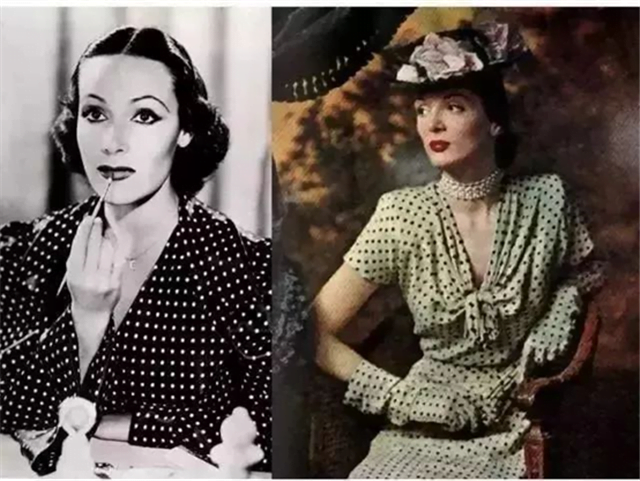
In the African setting, however, polka dots were seen as signs of strength and virility. A man had his body painted in spots when he was considered a man who can withstand many trials. These dots would be painted in different sizes all around his body.
The name polka dot was derived in the 1800s. Just like a lot of other things, the ‘polka’ was gotten from the Czech peasant dance called ‘the polka’. It was quite popular at the time, so a number of things were named after it; like polka suspenders and polka pudding. The polka dot name spread from the 1840s through the 1860s, after which it completely stuck. The first official mention of the term ‘polka dot’ was in women’s magazine in 1857.
Polka Dot of the Early 20th Century
The polka dot trend began to rise in the 1900s. The most memorable trend of the polka dot was in 1926 where Miss America wowed the world in a polka dot bathing suit. 2 years later, Minnie Mouse came through with her iconic spotted skirt. Although the spots were difficult to animate at the time, so they never appeared on screen, they were easier to represent in still images. With the flapper fashion in full swing during the 20s, it gradually became a norm for ladies to be seen in polka dot patterns. They appeared in large and small patterns. Most times, the larger dots were suitable for sporty events, while the smaller dots were a lot more suitable for day dresses and sometimes formal events. However, these dotted patterns never quite made it into becoming evening wear.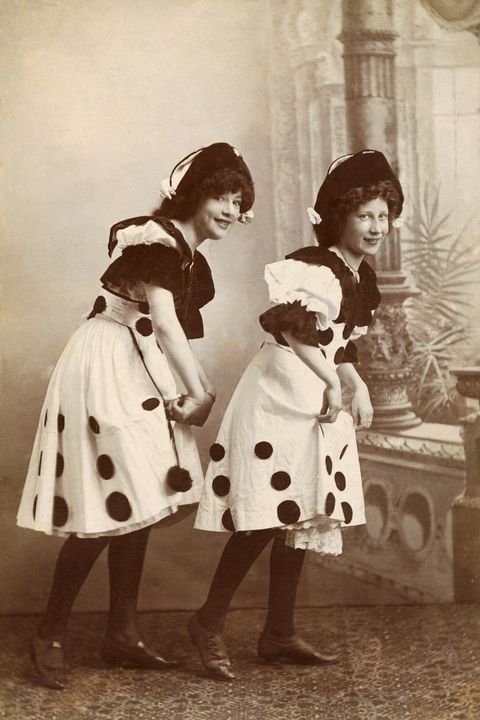
In the 1930s, the polka dot pattern became a lot more popular. The 1930s added more sophistication to the already existing patterns of the 1920s, giving the polka dot a lot more class.
1950s Polka Dots of-Mid 20th Century Fashion
By the 1940s, polka dots began to have more prestige and acceptance. They were not only used as day and house dresses, but could now be used as evening dresses when adorned with the right jewellery. Polka dots were now made into suits and other more serious outfits, unlike the previous decades.
The 1950s saw a completely new explosion of the polka dots pattern. Everything took a big turn in the 50s; from hair to clothing to accessories. Looking back in fashion history, the 50s is the decade where the polka dot pattern was utilized to the maximum. In this decade, dots almost accessorized everything. A plain shirt with dotted sleeves and collars, or a dotted hat or even pants with dotted hems were a norm in this decade.
The 60s took on the childish look of the 20s. The schoolgirl look became a trend and the polka dot pattern was a major definition of childlike appearance. A second trend that came about in the 60s was the mod style where different sized of polka dots would be used in dresses.
Other major appearances of the polka in the 1900s were Frank Sinatra’s ‘Polka dot and moonbeans’ song in the 40s, Marilyn Monroe and other celebrities sporting them in the 50s, Twiggy and other icons in the 60s, Prince, Princess Diana and so many more in the 90s.
How to Wear Polka Dots
Polka dots have often been considered a pattern for playful feminity. This concept has been dragged by ladies with different ideologies for different reasons. However, these ideologies do not demean the fact that the polka dot pattern is in fact used to make a statement like other pattern in fashion.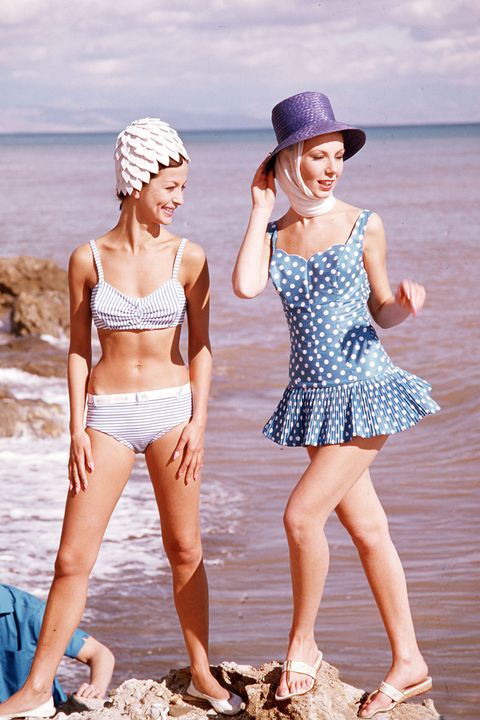
- Polka dots are event selective. As playful and friendly as they may seem, they are not best suitable for dress appropriate formal events. For instance, a job interview; depending on the kind of job interview, wearing a polka dot might come off as tacky and unprofessional. If you are being interviewed for a creative position, a polka dot might help do you justice through its own creative appeal. However, if the job interview happens to be for a law firm, polka dots might not be suitable.
- Wearing polka dots for a date is also relative. This depends on the kind of date and what message you might want to send through your outfit. For a playful but elegant look, a formal dress with some dots might send the right message, while you might want to consider going on a completely dotted outfit when the date is casual and playful.
However, these rules should not necessarily guide you completely in your choices. Sometimes, you can let your fabric speak for you, or you can take charge and speak through your patterns.
It’s generally advised in fashion that you should pay extra attention, especially when combining patterns. When combining patterns like the polka dot, you should pay attention to the following facts:
- The polka dot pattern is a lot more lenient that others. Polka dots can be combined with strokes and floral patterns and still look chic, however, you would still need to be wary about color combinations.
- Wearing a dotted top and bottom outfit can also look quite acceptable; however, you would need to think twice about combining 3 polka dot colors on your outfit. Unless you’re on a trip to Disneyland, combining red, black and white dotted patterns might not be suitable.
- If you feel insecure about mixing patterns on your outfit, then best you wear only a single polka dot at a time. You can alternate between the numerous options available. From shoes, bags, accessories, hats and gloves with dotted patterns, fashion is all about creativity.

